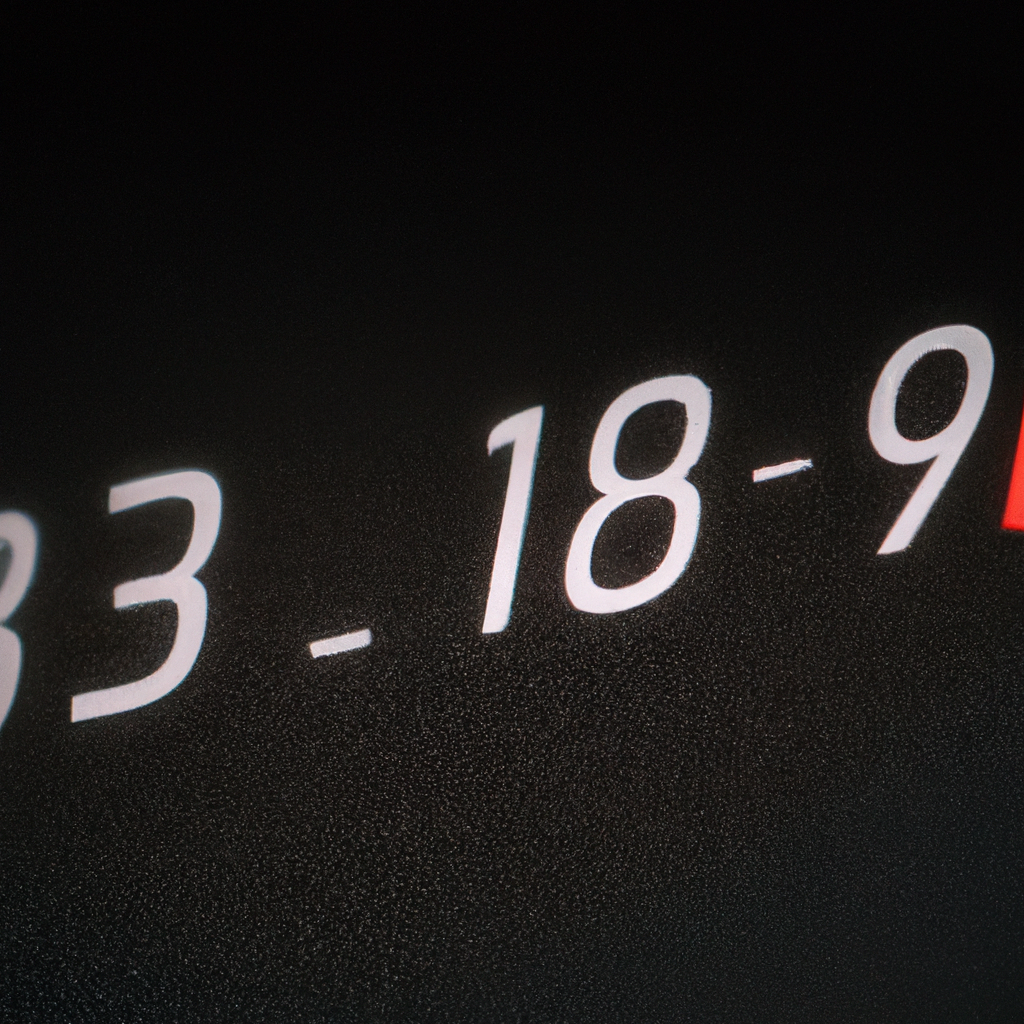Digital clocks have become a ubiquitous feature of modern life, from alarm clocks to wall clocks to the clock on your smartphone. But how exactly do these devices display time? In this article, we’ll explore the inner workings of digital clocks, from the basic components to the complex algorithms that keep them ticking accurately.
Electronic Clock Components
All digital clocks have a few basic components that work together to display time. These components include:
1. Microcontroller: This is the brain of the clock, which controls all of its functions, including timekeeping, display, and alarm features. The microcontroller is often a small, specialized computer chip that is programmed with clock-specific software.
2. Crystal oscillator: The crystal oscillator is a tiny electronic component that provides a precise timing signal to the microcontroller. This signal is used to regulate the clock’s timekeeping functions.
3. Display: The clock’s display is what shows the time to the user. Most digital clocks use LED (light-emitting diode) or LCD (liquid crystal display) technology to create their displays.
Timekeeping
The most important function of any clock is timekeeping. In a digital clock, timekeeping is accomplished through a process called counting. The microcontroller keeps track of the time by counting the number of oscillations produced by the crystal oscillator. For example, if the crystal oscillator produces 32,768 oscillations per second, then the microcontroller knows that every 1/32,768th of a second has passed. By counting these tiny increments of time, the microcontroller can accurately keep track of the current time.
Displaying Time
Once the microcontroller has determined the current time, it must be displayed to the user. This is where the clock’s display comes into play. The display is made up of a series of tiny LED or LCD elements that can be turned on or off to create numbers and other symbols.
To display the time, the microcontroller uses a process called multiplexing. In multiplexing, the microcontroller rapidly cycles through each digit of the time, lighting up the appropriate LED or LCD elements for each digit. For example, to display the time “12:34”, the microcontroller would first light up the LED or LCD elements for the number “1”, then quickly switch to the elements for “2”, and so on. By cycling through each digit quickly enough, the display appears to show all four digits at once, even though only one digit is actually lit up at any given time.
Accuracy
One of the advantages of digital clocks is their accuracy. Because the clock uses a crystal oscillator to keep track of time, it can maintain a very precise timekeeping standard. In fact, many digital clocks are accurate to within a few seconds per year.
To maintain this level of accuracy, digital clocks often use complex algorithms to adjust for factors that can affect timekeeping. For example, changes in temperature can cause the crystal oscillator to fluctuate slightly, which can affect the clock’s accuracy. To compensate for this, the clock’s software may include temperature compensation algorithms that adjust the clock’s timekeeping as needed.
Conclusion
In summary, digital clocks use a combination of electronic components and software to accurately display time. The clock’s microcontroller counts tiny increments of time produced by a crystal oscillator, and then uses multiplexing to display the time on a LED or LCD display. By using complex algorithms to compensate for factors that can affect timekeeping, digital clocks can maintain a high level of accuracy over time. Whether it’s a bedside alarm clock or a digital wall clock, these devices have become an integral part of modern life.







